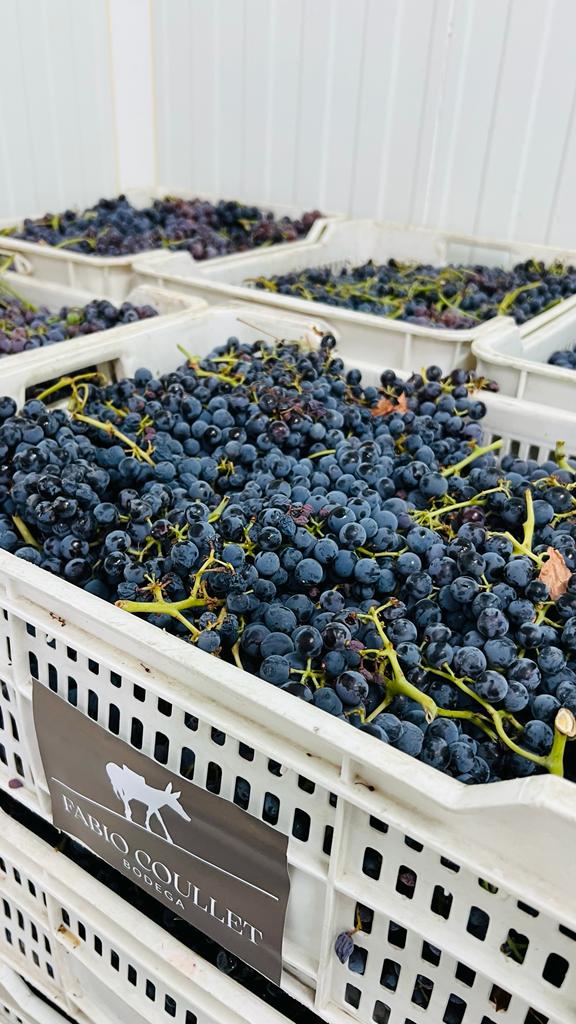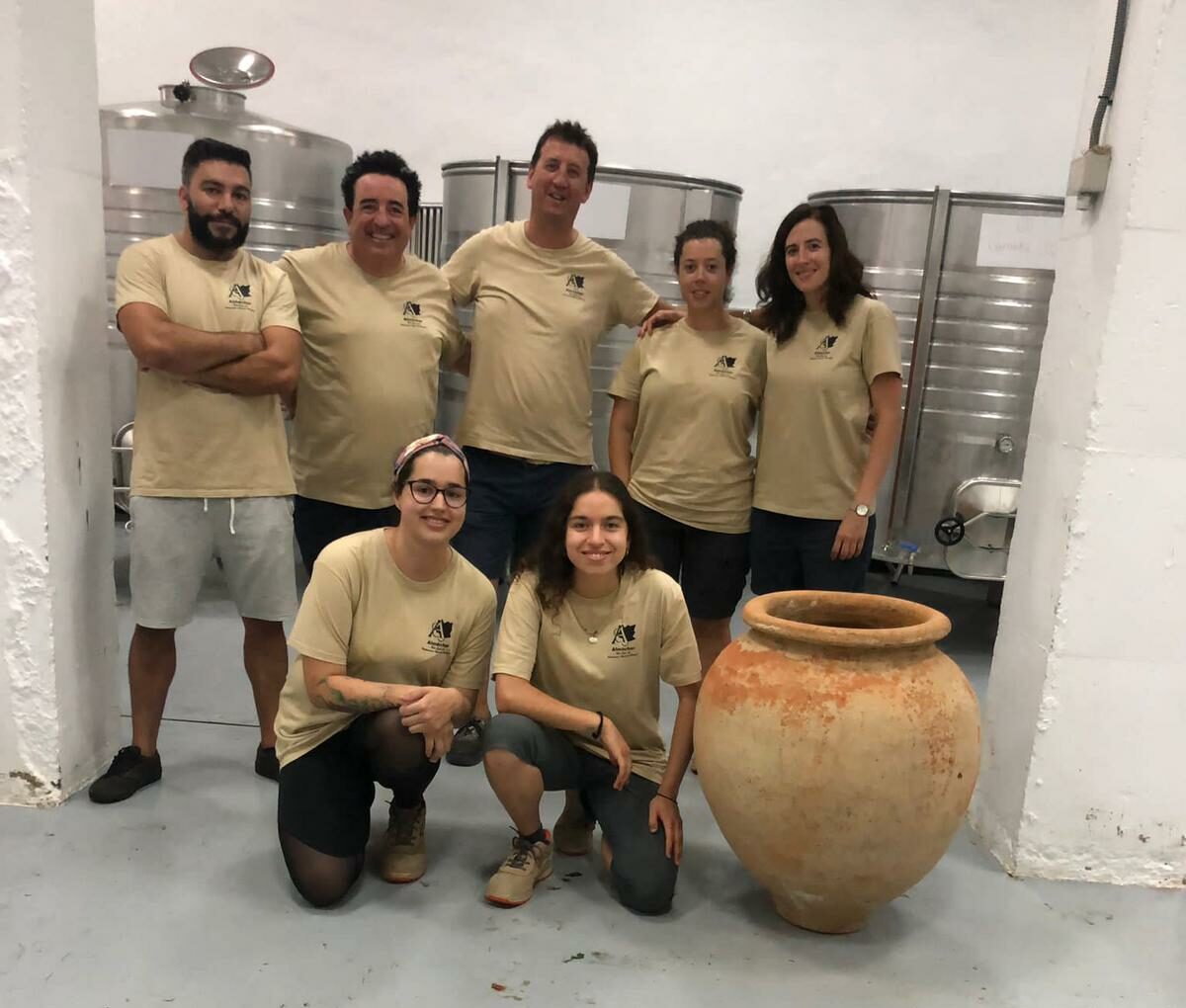
It’s harvest time!
It’s harvest time!
The grape harvest is undoubtedly the most anticipated time of the year in any winery and as you read this, we are already embarking on the grape harvest of what will be the second vintage of Fabio Coullet winery wines. A time full of work and hope in which mules and men climb the hills and mountains where our different vineyards have their fruits ready to be picked and transported to the winery, but, do you know what elements give the date to the harvest?
VERAISON, THE STARTING POINT
Good wines start from a good vine, and although the state of the grape is determined by the care of the entire vegetative cycle of the plant, from pruning to harvesting, it is the veraison, which we talked about in this post a few weeks ago, which initiates the important changes inside the grape and marks a date for the start of the harvest, which in our area this period between veraison and harvesting lasts approximately 40 days depending on the varieties.
As we have already explained, from veraison onwards, the grape undergoes a series of transformations in which the acids in the berries begin to diminish, the grape seed ripens and the levels of glucose, fructose and polyphenols begin to appear, while we begin to perceive the concentration of certain aromas typical of the must and lose the herbaceous smells typical of the plant. The wine is already inside!
 THE DEGREE OF RIPENING OF THE GRAPE, A DETERMINING FACTOR
THE DEGREE OF RIPENING OF THE GRAPE, A DETERMINING FACTOR
From the change of color of the grapes and their evolution, the observation and testing of the grapes determines the moment of the harvest. The exact point is always the desired balance between sugars and the grape’s own acids. This determines the chemical maturity of the grape, but also determines its qualitative maturity, its state of health and, of course, the important and romantic intuition of the winemaker, which indicates that the moment has arrived.
It is perhaps this balance between chemistry, technique and intuition that makes this process so magical. The chemistry, given that the accumulation of those sugars we are talking about ends up being perhaps one of the most important processes due to the conversion of glucose into ethanol by the yeasts during alcoholic fermentation, an indispensable element for it to be wine, and the intuition itself in considering that there will not be an increase in the degree, that the weather in the coming days will be benign and that the appearance, the weight of the grape and its flavor, is the right one based on the wines that each winery decides to create.
It is the refractometer that gives us measurable parameters on the accumulation of sugars. A hollow cylinder with a beveled end on which a few drops of must are deposited and oriented towards the light. When the light rays pass through this layer of liquid, they bend depending on the sugar content of the must.

Of course, the balance between the acids is also measured on an ongoing basis. Up to veraison, the grape is full of acidity in its flavor. A high content of tartaric, malic and citric acid that is decreasing through the chemical processes of the plant and that we also measure through different elements and experimentations until we achieve the precise ratio and the right polyphenol content, which will give us all those flavonoids in the white varieties, the famous anthocyanins and of course, the tannins, present in the skin or pips of the grape.
THE HARVEST AT FABIO COULLET WINERY
At that moment when all the elements come together, we decide to start the harvest. In our case, it is always completely manual, helped by mules to remove the boxes from the plots, given the peculiar orography of our land, with slopes that can reach 70º and that prevent the entry of any mechanical vehicle.
We load the grapes in boxes of 13 kilos and all the bunches standing upright to preserve the quality of the grapes and once picked, we take them to our winery in Almáchar where we carry out the different vinification processes depending on the wine, but that is another story in the “wine road” that we will tell you in due time.

What did you think of the article, did you like it, did you find it interesting, give us your opinion!
